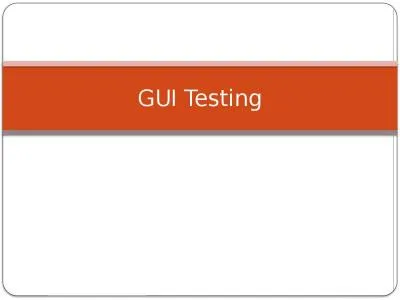PPT-Multiple testing
Author : jane-oiler | Published Date : 2016-05-10
Justin Chumbley Laboratory for Social and Neural Systems Research Institute for Empirical Research in Economics University of Zurich With many thanks for slides
Presentation Embed Code
Download Presentation
Download Presentation The PPT/PDF document "Multiple testing" is the property of its rightful owner. Permission is granted to download and print the materials on this website for personal, non-commercial use only, and to display it on your personal computer provided you do not modify the materials and that you retain all copyright notices contained in the materials. By downloading content from our website, you accept the terms of this agreement.
Multiple testing: Transcript
Download Rules Of Document
"Multiple testing"The content belongs to its owner. You may download and print it for personal use, without modification, and keep all copyright notices. By downloading, you agree to these terms.
Related Documents

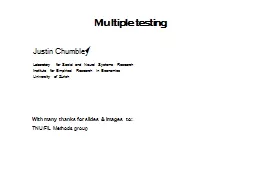
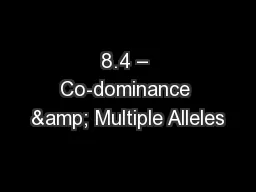
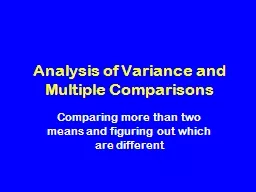
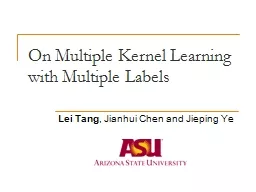
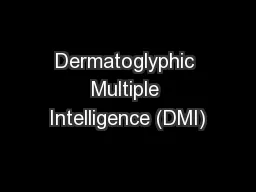
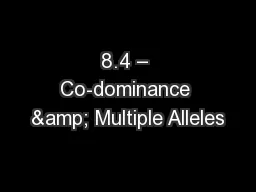

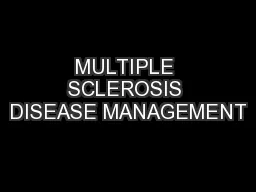
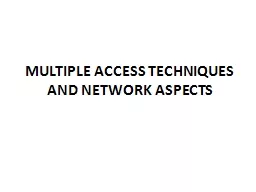
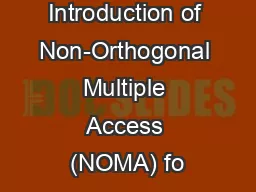

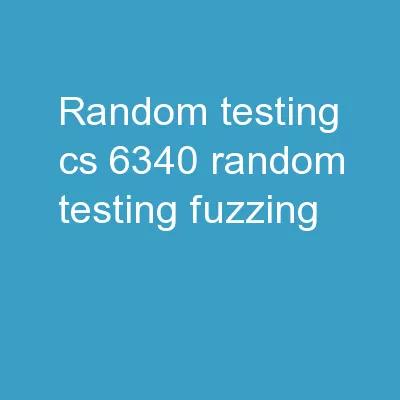
![[FREE]-Unit Testing Principles, Practices, and Patterns: Effective testing styles, patterns,](https://thumbs.docslides.com/980180/free-unit-testing-principles-practices-and-patterns-effective-testing-styles-patterns-and-reliable-automation-for-unit-testing-mocking-and-integration-testing-with-examples-in-c.jpg)
